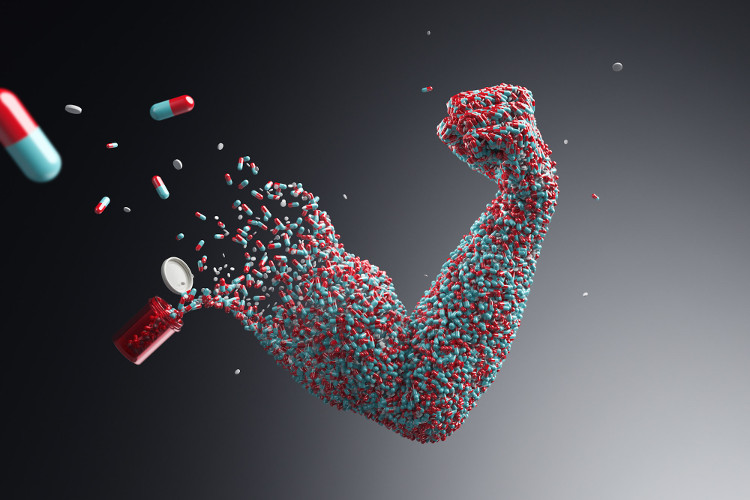What is doping?
Although the use of doping has a high risk of harm to health, this phenomenon is still very popular in the world, because the athletes are under great pressure of achievement.
What is doping?
Doping is the common name for stimulants . Doping has three common forms: blood doping (increasing oxygen transport through red blood cells) like ESP (Erythropoetin), NESP (Darbapoetin). Muscle doping (strengthens muscle strength by enhancing hormone production), nerve doping (preventing muscle control and feedback to the nervous system).
Why is doping banned for sports competitions?
The reason for Doping is banned in sports competitions because the stimulants (doping) are generally effective in speeding up the blood circulation, increasing the volume of blood flowing to the heart, increasing physical strength and concentration. For athletes, make the body not forced to rest when tired. This loses the fairness of sports, but more importantly it directly affects the health, even the athlete's life, due to side effects.

Doping is the common name for stimulants.
Implications of using Doping
Female athletes tend to be male
When using anabolic steroids that represent drugs derived from male hormone testosterone to increase muscle mass and strength, female athletes tend to be maleized as their voices deepen, pimples, and growth. beard, hair growth and menstrual disorders, and male athletes are at risk of testicular atrophy, semen decreases and can lead to impotence. In addition, it also causes salt retention (Na +) which can easily lead to heart failure or kidney failure. This drug can also cause congestive liver disease and liver cancer.
Causing muscle weakness, enlarging the extremities
Growth hormones are often used for the purpose of increasing endurance for athletes. However, in fact, its use will cause muscle weakness, enlargement of the extremities or diabetes.
Causes trembling syndrome
Central nervous system stimulants such as amphetamine seem to help athletes increase their strength. But research shows that when athletes use a lot, they do not increase muscle strength and endurance, but also cause tremor syndrome, lack of confidence, insomnia, leading to nervous depression.
Causes hemolysis, fever, rashes
The doping method "blood" increases red blood cells, thereby increasing the ability of the cells to provide oxygen, helping the muscles to function more vigorously and sustainably. However, athletes who use this method may have hemolysis, fever, rash, severe asthma, liver infection, or HIV infection. In addition, if the infusion of red blood cells is too large, it can lead to blood vessel blockage, local effects, or even death.
Although the use of doping has a high risk of harm to health, this phenomenon is still very popular in the world, because the athletes are under great pressure of achievement. In an investigation in France, 80% of the athletes said they were willing to use doping if this certainly led them to the top spot in European tournaments.
- What is blood doping?
- Method to expose athletes' doping tricks
- Doping drugs last up to 10 years
- Modern Doping
- The researchers propose to put spinach on the list of banned doping
- Wine also works like doping
- Detecting 'doping' in urine in just a few seconds
- What makes great Olympians (Part II)
- Improve superconductivity with carbon nanotubes
- Smell coffee like injecting a dose of
- Coffee only works with lazy people
- What are the banned drugs that tennis beauty Maria Sharapova uses?
 Green tea cleans teeth better than mouthwash?
Green tea cleans teeth better than mouthwash? Death kiss: This is why you should not let anyone kiss your baby's lips
Death kiss: This is why you should not let anyone kiss your baby's lips What is salmonellosis?
What is salmonellosis? Caution should be exercised when using aloe vera through eating and drinking
Caution should be exercised when using aloe vera through eating and drinking